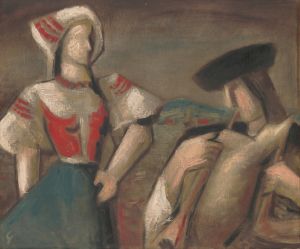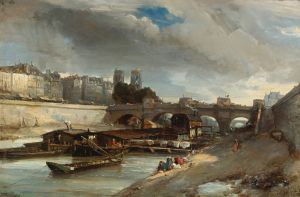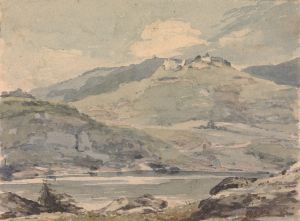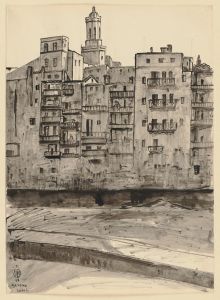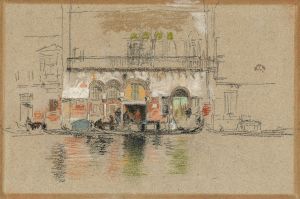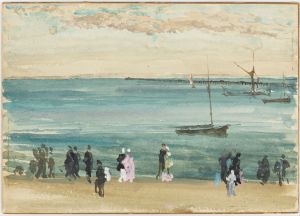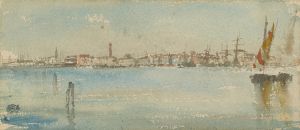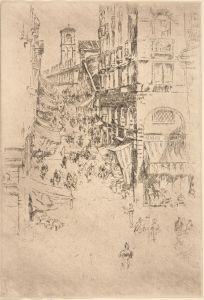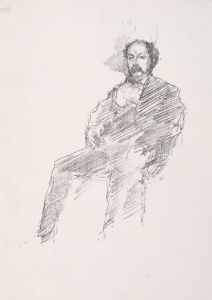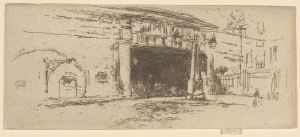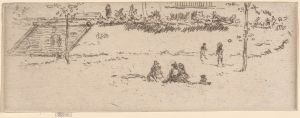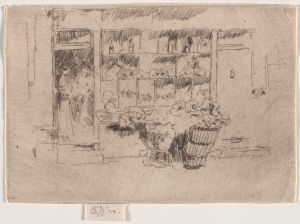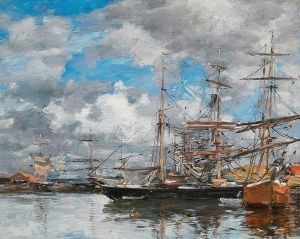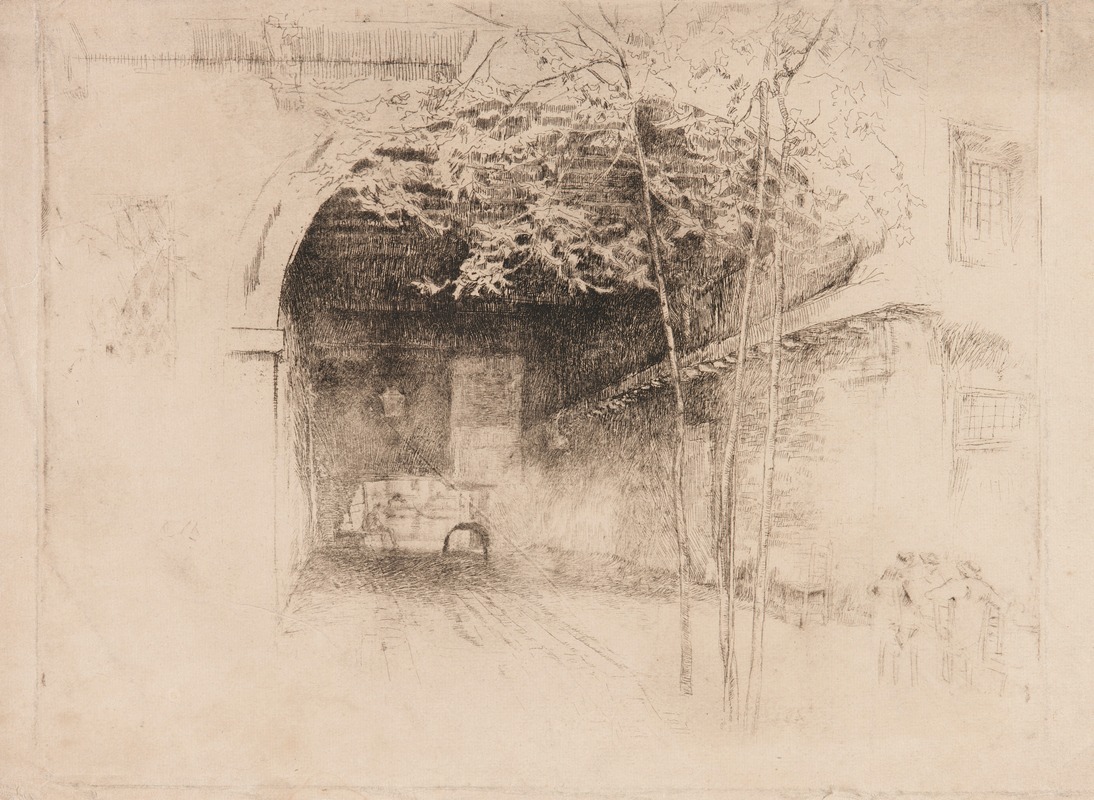
Traghetto
A hand-painted replica of James Abbott McNeill Whistler’s masterpiece Traghetto, meticulously crafted by professional artists to capture the true essence of the original. Each piece is created with museum-quality canvas and rare mineral pigments, carefully painted by experienced artists with delicate brushstrokes and rich, layered colors to perfectly recreate the texture of the original artwork. Unlike machine-printed reproductions, this hand-painted version brings the painting to life, infused with the artist’s emotions and skill in every stroke. Whether for personal collection or home decoration, it instantly elevates the artistic atmosphere of any space.
James Abbott McNeill Whistler's Traghetto is a watercolor painting created by the American-born artist during his time in Venice. Whistler, known for his innovative approach to art and his emphasis on mood and atmosphere, produced this work as part of a larger series of Venetian scenes. The painting captures a gondola ferry, or "traghetto," crossing one of Venice's iconic canals, reflecting Whistler's fascination with the city's unique architecture, waterways, and light.
Completed in the late 19th century, Traghetto is an example of Whistler's mastery of watercolor, a medium he used to convey the delicate interplay of light and shadow. The painting is characterized by its subtle tonal variations and fluid brushwork, which evoke the tranquil yet dynamic essence of Venice. Whistler's approach to this work aligns with his broader artistic philosophy, which prioritized harmony and aesthetic beauty over detailed realism.
Whistler visited Venice in 1879 after being commissioned by the Fine Art Society in London to create a series of etchings and pastels of the city. During his 14-month stay, he produced numerous works that captured the city's atmospheric qualities, including its canals, piazzas, and architectural landmarks. Traghetto is one of the many pieces that emerged from this productive period, showcasing Whistler's ability to distill the essence of a scene into a few carefully chosen elements.
The painting reflects Whistler's interest in Japonisme and his adoption of compositional techniques inspired by Japanese art, such as asymmetry and the use of empty space. These influences are evident in the way he frames the gondola and the surrounding water, creating a sense of balance and serenity. The muted color palette further enhances the painting's meditative quality, drawing the viewer's attention to the interplay of light and reflection on the water's surface.
Traghetto is part of Whistler's broader body of work that includes paintings, etchings, and pastels, many of which depict Venice. These works were well-received by critics and collectors, solidifying Whistler's reputation as a leading artist of his time. Today, Traghetto is recognized as an important example of Whistler's Venetian period and his contributions to the development of modern art.
The painting is held in a private collection or museum, though specific details about its current location may vary. Whistler's Venetian works, including Traghetto, continue to be celebrated for their innovative approach to capturing the essence of a place through mood and atmosphere rather than strict realism.





